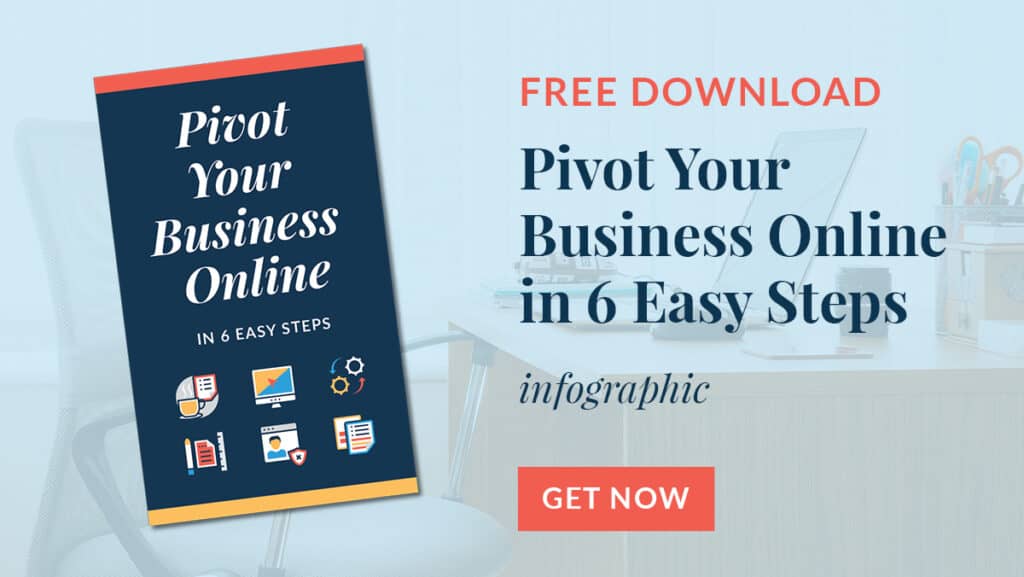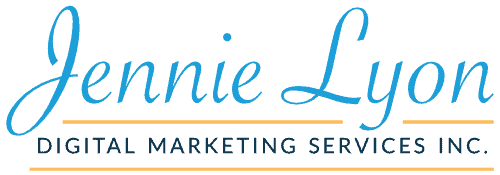How To Build A Fantastic Passive Income Stream Through Products
Passive income is the dream of every freelancer, entrepreneur, and small business owner. Who doesn’t want to make money while you sleep? I mean, we all do. There’s nothing more rewarding than waking up, checking your phone, and cha-ching – you’ve got more money in the bank!
Passive income has been a staple of the internet marketing world for years, but there are still a lot of misconceptions about what it is, how to obtain it, and why it works for some businesses but not for others. This episode will explore adding passive income into your marketing strategy by way of “pocket products.”
You see, there are several ways to generate passive income. Let’s take a look at some of the most popular:
- Sell digital products
- Affiliate marketing
- Create a course
- Sell digitally created design
- Audios and training
Things to Consider
In this new era, businesses need to consider these 5 important factors before investing time, energy, and money in income-generating activity.
- What to choose and how to get started
- What will it take to launch it
- Your long-term goal
- Is it possible to set it and forget it
- Are there any risks involved
I want to run from anyone who says “passive income is easy.” Now, that’s not to say it isn’t a huge opportunity. Passive income is a great way to make some money in your free time—I don’t want to downplay that. However, number 4 on this list often gets ignored in the excitement of all possibilities. Businesses must not fall prey to the idea that passive income is a one-way ticket to a secure future. Passive income is never a guaranteed set-it-and-forget-it system. It takes work, investment, time, and maintenance.
I’ve been using passive income strategies for years, and I’ve found that products are an excellent option. However, if you don’t take some necessary steps, your product will likely end up sitting on a sales page or in your shop collecting cobwebs.
Choosing a Successful Product
I know you’ve put in the hard work. Time to sit back and watch the sales roll in, right? Not so fast. Just because you have a product doesn’t mean people will automatically start buying it every day. Unless you take the proper steps, your product won’t make any money.
That’s because, no matter how great your product is, if you don’t do anything, it will just sit on a sales page or somewhere on your website, collecting dust. But don’t give up! You can set up your product for passive income success with some planning and effort, and a product only qualifies as passive income if it can be sold without your presence.
When your product requires a lot of maintenance, it isn’t passive. A passive product usually has a few key characteristics:
Scalable quickly. For a product or service to be sustainable, it needs to be scalable. This means that it needs to be easy to produce and manage so that you can do more with less.
Customer support is limited. Your product may or may not be scalable, but it shouldn’t require a lot of support.
Passive product is an easy enough concept to understand: it needs to be simple and straightforward. In most cases, the product needs to be inexpensive and marketed as something customers will never have any real interaction with. Given these considerations, let’s look at some of the standard models for Passive Products.
Info Products
In the world of passive income, you’ll often encounter one type of product: information products. These sold products are made up of pieces of information — and they’re the most common type of product you’ll see.
One of the significant benefits of information products is effortless to fulfill. We take zero effort to give you our digital products when you purchase them. But, if customers are buying lotions, someone has to keep stocking the warehouse. See the difference?
While great in theory, Info products have one big downside: they’re usually outdated and challenging to sell. The issue is that nobody cares who they’re buying from; you need to invest in building a well-known and authoritative brand before you can successfully sell an info product.
Affiliate Products
If making money from a product is what you’re aiming for, and you don’t want to deal with the costs of manufacturing and fulfillment, then affiliate sales might be the answer.
It’s easy to make money by recommending products you like and getting paid when someone else buys them. All you have to do is find a product or service that interests you, find ways to promote it so more people know about it, and then when those people buy it with your help, you get paid.
One key distinction: while a blog or YouTube channel is indeed passive products because they have long-lasting value, something like Instagram is not a passive product. You need to create new content to stay on people’s feeds continuously.
Currently, many companies rely on affiliate programs to support their businesses. Amazon is one of the most popular sites for affiliate programs, and it can provide companies with a sizable sum of money. You may not have known this, but when you click on an Amazon link from a site or blog post, Amazon will payout 5% for any purchases you make at Amazon within the next 24 hours. Amazing!
Physical Products
Physical products are said to be the third type of Passive Product, and it’s usually through dropshipping on Amazon FBA (Amazon Fulfillment by Amazon). With this, you can list and sell a product that you don’t actually own on Amazon and then ship it straight to the Amazon warehouses. Once Amazon ships the items, you can sit back and collect the profits.
Nowadays, it’s not as easy as it sounds. There are many people on the internet spending hundreds or even thousands of dollars on this, but in the end, they’re not making any money. I feel like I can only recommend this when you have a marketing channel already built.
Why?
Online, there is an insane amount of competition when it comes to companies trying to make passive income. With the precarious nature of competition, you can’t assume you’ll make money because you have a product for sale.
Attention Products
What? When I heard about “Attention Products,” I thought the same thing. They certainly caught my attention! Attention products are anything monetized by your attention. Blogs with ads are a classic example of this. Advertising is mainly used when businesses don’t have an excellent product to sell or affiliate channels to promote. It is done to keep your attention. This is the primary way I monetized Sweet Greens.
Attention-monetizing in the 21st century is an essential strategy for businesses to consider. Paid-access platforms like Medium are excellent ways to do this. When I post articles on Medium, I make them behind their paywall so that only people who subscribe can read them. If my articles go viral, this could be a major boom for my bank account.
The big challenge of owning an attention-based product is more straightforward said than done. It’s hard to get attention, it’s hard to keep it, and your company is overly reliant on traffic as a source of revenue. There is a risk…Google updates are a huge risk to someone in any industry, and if you get hit with one, your revenue could drop by 50% overnight. Needless to say, this is not a risk anyone likes to be exposed to.
I will say that if you want to make an engaging product, you should have a strong SEO game with your content. Old content shouldn’t go unnoticed — it’s what builds the total traffic you’re getting. If you can’t grow it, you can only generate so much revenue through ads. SEO also allows you to publish more minor but still earn passive income, essential for people who want to make real money.
So What Did We Learn?
- Passive Income Makes Money While You Sleep
- Info Products: Products made up of pieces of information that are then sold on your site or social media platforms.
- Affiliate Products: Make money by recommending products you like and get paid when someone else buys them.
- Physical Products: Products stored somewhere and usually fulfilled by a dropshipping company.
- Attention Products: Attention-monetizing in the 21st century is an essential strategy for businesses to consider.
No one is born an expert. Creating a successful product is no easy feat. There are lots of things to consider, from your customer’s age to the market trends. But even if you do everything right, it still might take a year or more for your product to become profitable. Don’t let the hype fool you that it’s easy to make passive income right now.
Passively increasing revenue for your business is about more than just passively generating a product. The passive sales funnel is just as—if not more—important. That’s where we come in. Schedule a consultation today, and let’s turn that money-making machine on!

As startup founders and entrepreneurs, we’re always looking for new business opportunities to grow our revenue. However, it can be challenging to find time to explore various business models when you’re just starting. That’s why I’m so excited to share several income generation ideas designed to help you monetize your online influence as a startup founder or entrepreneur! To learn more tips on how to streamline your business for revenue in this new era, please check out my free self-help article to learn more. How to Pivot Your Business Online.
Links for this episode:
Rate, Review, & Subscribe on Apple Podcasts
If you like what you hear on the podcast, please consider rating and reviewing my show! Woo Hoo! Click here, scroll to the bottom, tap to rate with five stars, and select “Write a Review.” I would love to hear what episodes you enjoy the most!
If you haven’t done so already, please subscribe to the podcast. I add new content weekly, if you’re not subscribed, there’s a good chance you’ll miss out. Subscribe now!






















